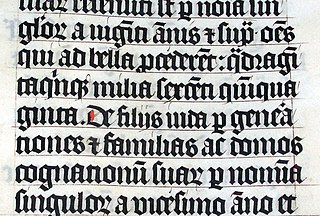
P-Model is the eighth studio album by P-Model and the first by the "defrosted" lineup.
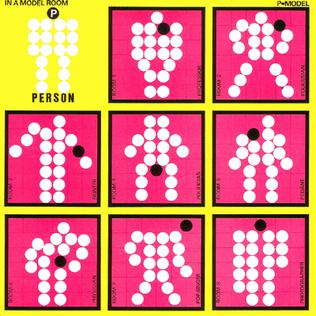
In a Model Room is the debut album of Japanese band P-Model.

Landsale is P-Model's second album.
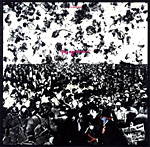
Potpourri is the 1981 third album of Japanese band P-Model.

Technique of Relief is the seventh solo album by Susumu Hirasawa.

Water in Time and Space is Susumu Hirasawa's first solo album.

Pause is the first live album by P-Model. It was recorded at the final show by the "defrosted" lineup. Its part of a pair of conceptual takes on a live album, alongside Pause: On this album, Hirasawa presented the show as an audience member would have heard it, and as such most technical glitches and leaked backstage audio heard at the concert was kept for the release.
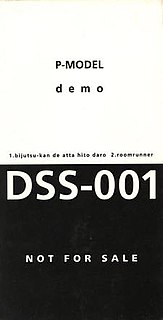
P-Model made a demo in 1979 to obtain a recording contract; it features 2 songs, each one being composed by Susumu Hirasawa and Yasumi Tanaka, P-Model's main songwriters at the time. The band negotiated with 8 record labels, in the end, they chose to sign a contract with Warner-Pioneer, all P-MODEL releases from 1979 to 1981 were handled by Warner-Pioneer, including IN A MODEL ROOM, the album where both of these songs were included. Hirasawa also gave a copy to Plastics keyboardist Masahide Sakuma after a Plastics show after asking him to produce In a Model Room, which Sakuma accepted. Due to the demo nature of the recordings, they are rawer and punkier than the studio recorded versions. The demo was released by Hirasawa's SYUN label in 1994 as a bonus for those who bought both OOPARTS and Pause, the first release of the SYUN label. The demo was remastered by Hirasawa and re-released on the Ashu-on [Sound Subspecies] in the solar system box set on 10 May 2002; it was put on CD 13, with SCUBA RECYCLE, Air On The Wiring and the In a Model Room outtake WHITE SHOES.
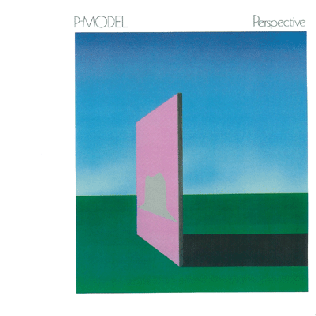
Perspective is P-Model's fourth album.
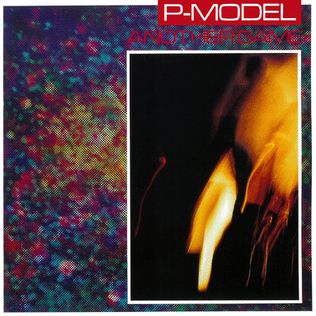
Another Game is the fifth studio album by P-Model.
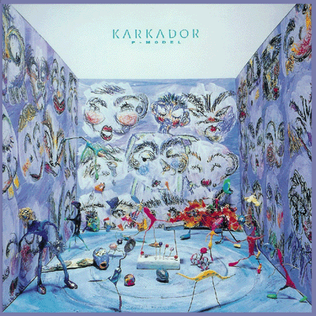
Karkador is the sixth album by the Japanese electronic rock band P-Model, and the first where frontman Susumu Hirasawa was the sole remaining founding member.

One Pattern is a 1986 album by P-Model and the last before the band's hiatus in 1988.
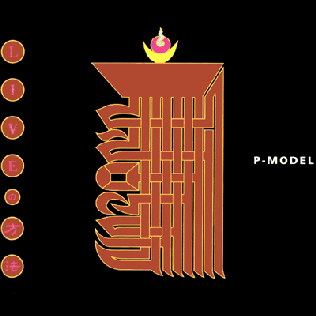
The Way of Live is the third remix album by P-Model.
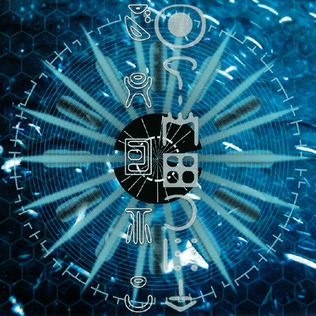
Vistoron is the first album by Kaku P-Model, a solo continuation of P-Model led by Susumu Hirasawa.
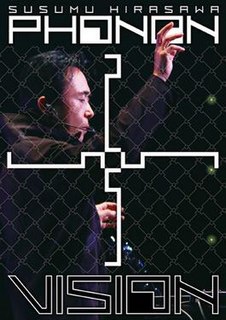
Phonon 2555 Vision is a live video album by Susumu Hirasawa. It contains recordings of the Phonon 2555 shows from 2012, part of the "Phonon" series of Hirasawa concerts. The number on the title represents the year of the performance on the Thai solar calendar.

Fune is the tenth studio album by P-Model and the first by its "revised" lineup.
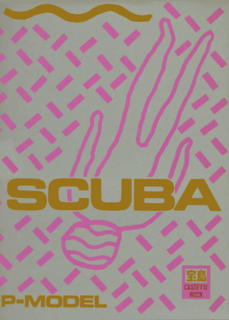
Scuba is an album by the Japanese new wave band P-Model. It is different from other P-Model albums in that it was made almost entirely made by guitarist Susumu Hirasawa alone and for its original issue in the cassette book format: the album was packaged with an 84-page booklet that contained techniques to induce rapid eye movement sleep and hypnosis, the lyric story expanded Scuba Monogatari, photos of the involved band members in a coastal area that illustrated the stories, and an interview with The Stalin vocalist Michiro Endo.

Kai equal Kai is the third album by Kaku P-Model.





